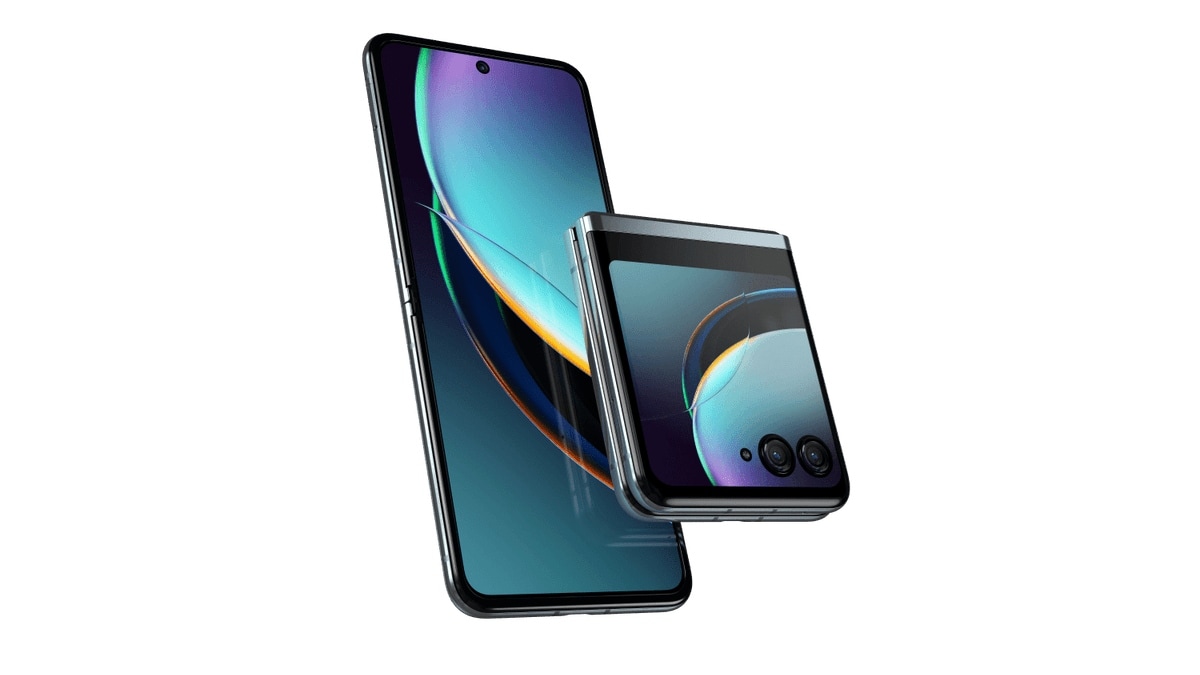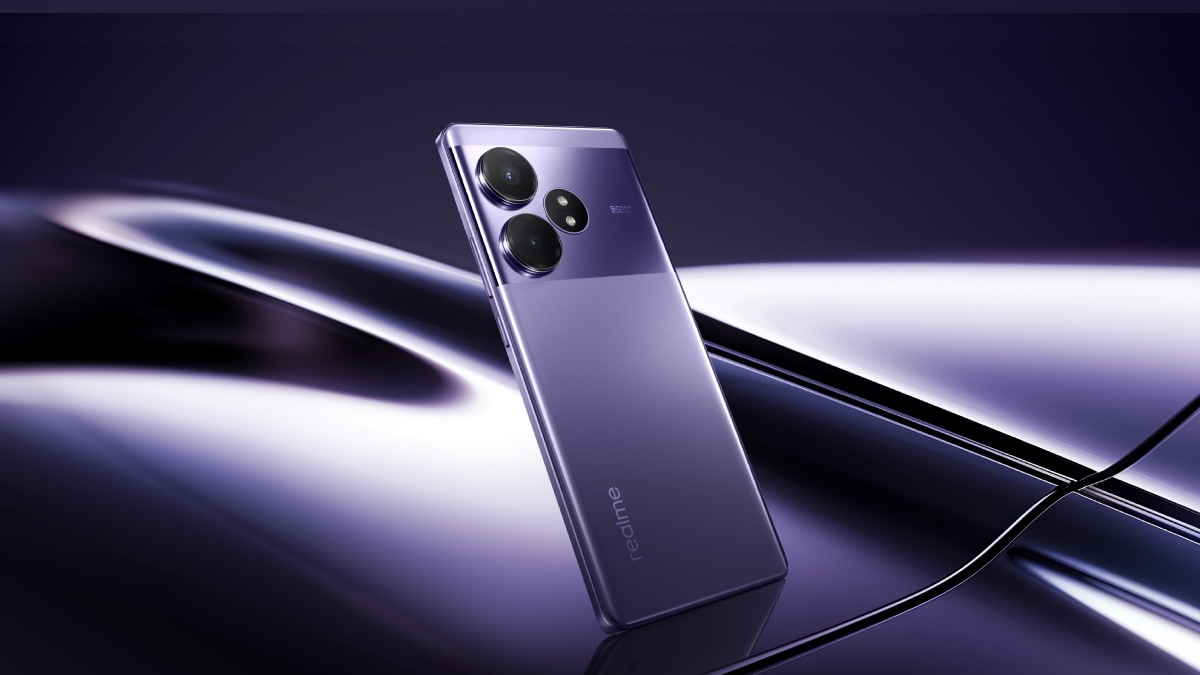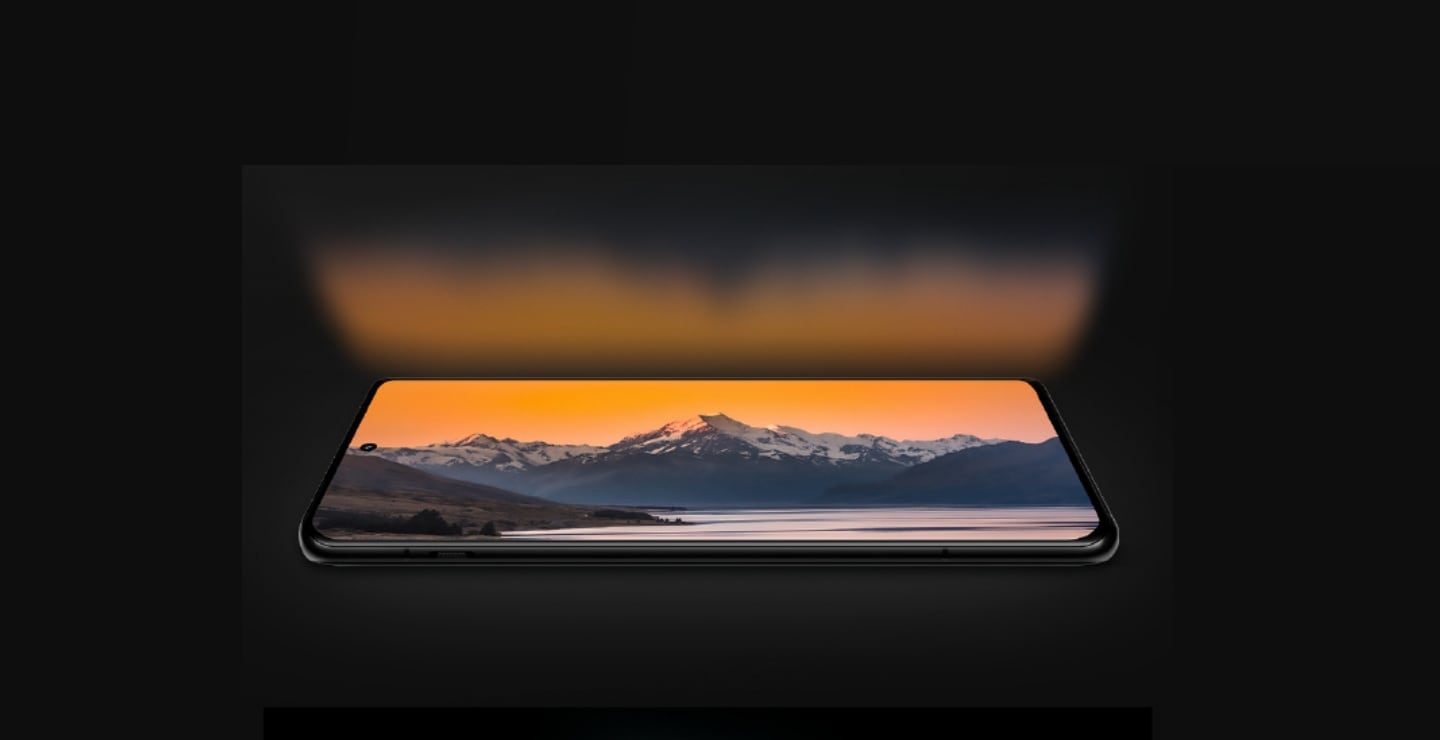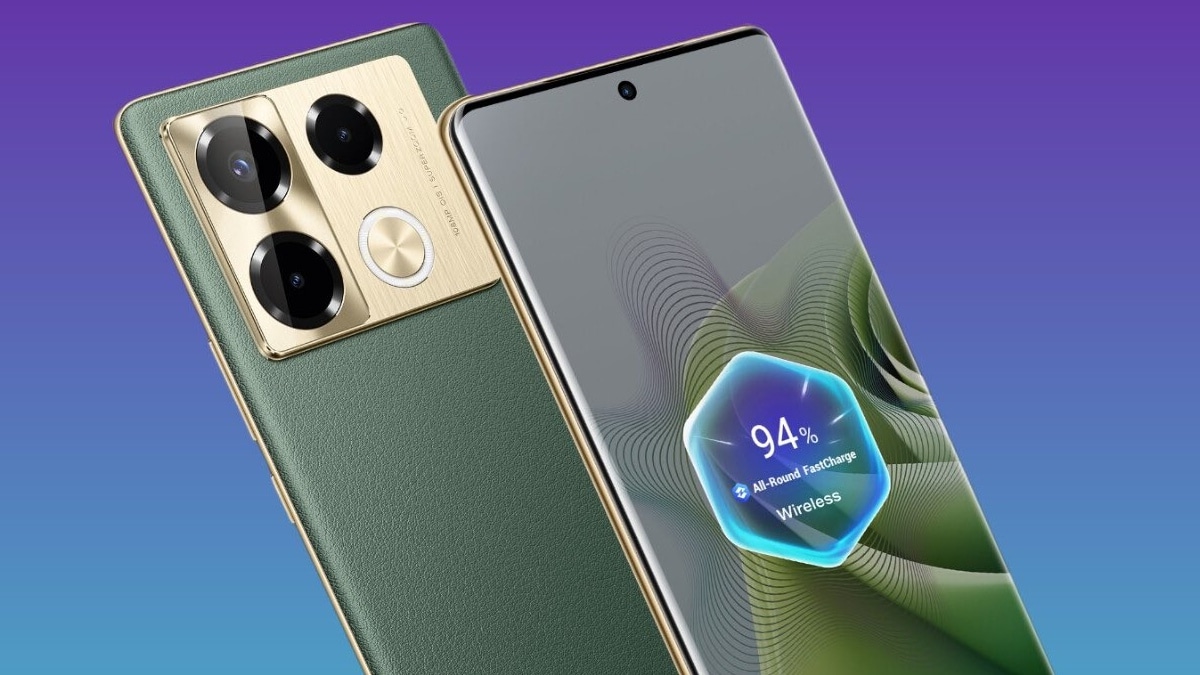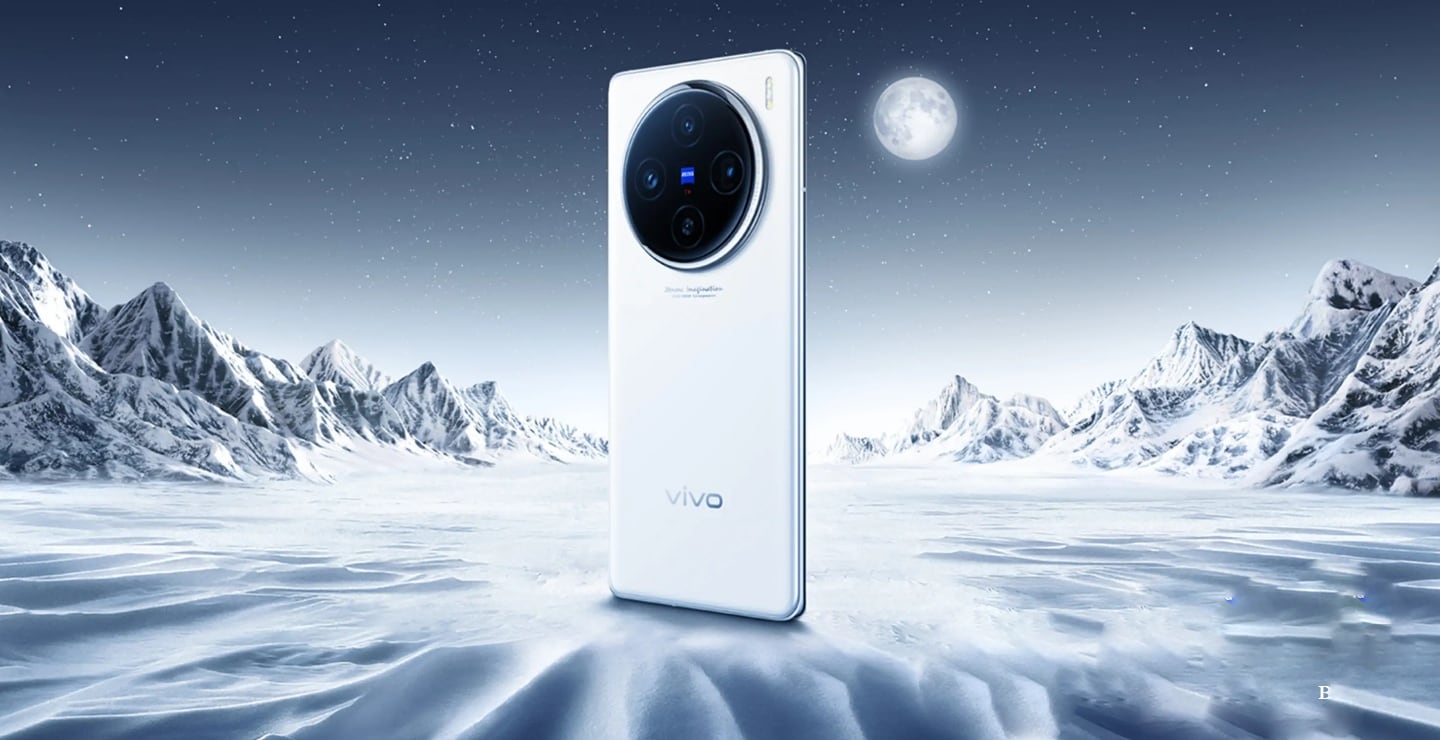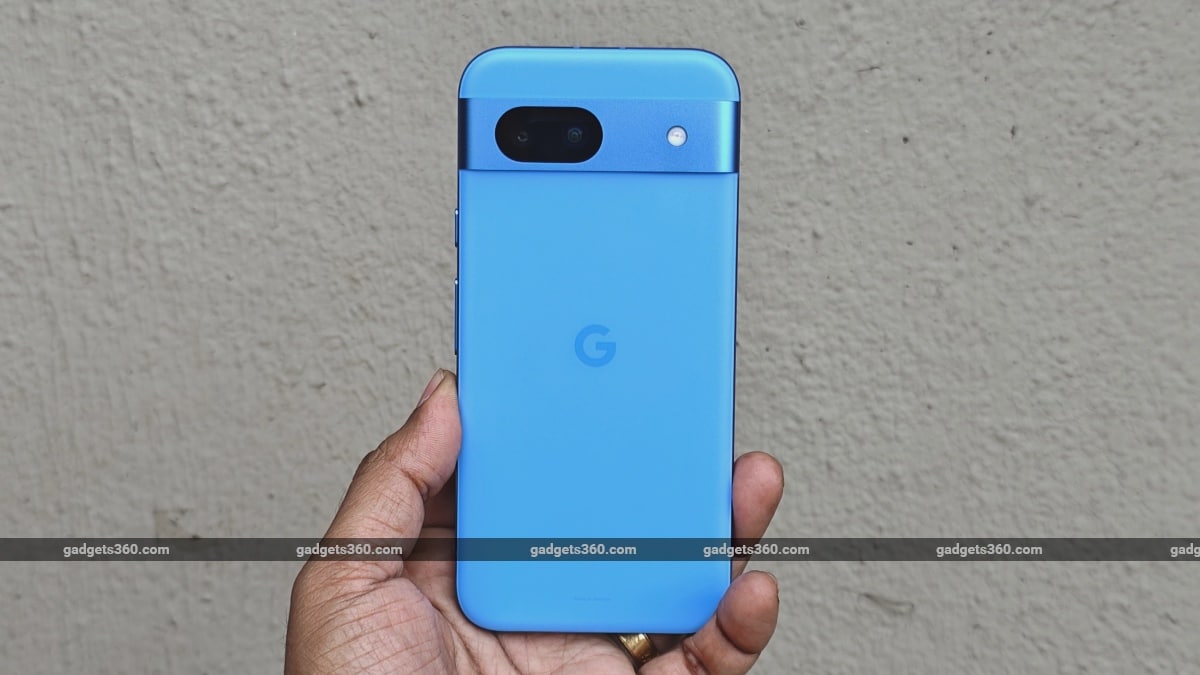
Google’s Pixel A series smartphones have always been the go-to mid-range devices for reliable smartphone photography and not so much about performance. They have also been the go-to devices for those who have wanted a vanilla Android software experience, as they have always offered the cleanest and most updated Android software experience (along with reliable update timelines) compared to all other brands at this price point. In short, Google’s Pixel A series was an attractive choice for the average consumer, even though these were not the best devices for gaming or battery life. However, Google had to upgrade it with the times; it wanted to cram in more features to compete with other brands, and so we had a very interesting and feature-packed Pixel 7a, which was launched at Rs. 43,999 (just like the Pixel 6a).
Times are changing, and Google has raised the price of this practical little smartphone once again to a starting price of Rs. 52,999. Its premium price tag will see this mostly affordable offering from Google competing with some really interesting smartphones from Chinese brands and Samsung. While Google has upgraded its A-series’ AI smarts by going with the Tensor G3 this year (almost bringing it on par with its Pixel 8). It’s interesting to see how these features add up against a sea of devices that offer better raw performance at this price point. I’ve been using the Pixel 8a for a few weeks, and here’s why I believe there’s a small chance it could be your next premium smartphone.
Google Pixel 8a Review: Price in India
The Google Pixel 8a is the first A-series smartphone in India to be offered in more than one storage variant. The base 8GB RAM and 128GB storage variant is priced at Rs. 52,999, while the new 256GB storage variant is priced at Rs 59,999. While it seems like a no-brainer to spend a bit more and get the 256GB storage variant (it’s always better to have more storage), you will change your mind once you have a look at what the competition offers at this very price point in our verdict.
In the box, Google, as usual, offers a Type-C to Type-C USB cable for charging and data transfers, a USB Type-A adapter for data transfers and a SIM ejector tool.
The Google Pixel 8a surely has a very attractive design, especially in the new Aloe and Bay finishes, which are exclusive to this model. The phone has graduated from the mostly squared design with corners to a more rounded look that has a very comfortable handfeel. Given its compact overall dimensions, it is also quite manageable with one hand.
The Google Pixel 8a’s rear panels are still made from polycarbonate but have a premium frosted finish
We received the Bay finish for review. It has a frosted matte polycarbonate rear panel split by the iconic visor-like camera stripe. The flat camera module and slightly rounded sides of the phone’s frame are colour-matched and make for a very trendy and vibrant design that seems targeted towards the youth. The rear panel, despite being made of polycarbonate, does not attract dust or fingerprints and feels very premium.
The quality issues I noticed in my review of the Pixel 7a have also been taken care of. Apart from its IP67 certification (it can be immersed in 1 metre of water), the fit and finish of this phone are excellent, which is fitting given its new premium price tag.
The one detail I absolutely did not dig about the Pixel 8a’s design is its display. It has noticeably thick bezels, which are often seen on entry-level smartphones, and reminded me of the iPhone XR from 2018. The thick black bezel (thickest at the bottom) also eats into the display area, which is critical on such a compact smartphone. Samsung’s Galaxy S24, which was launched last year and retails at a similar price, has a razor-thin bezel compared to the Pixel 8a.
The Google Pixel 8a’s display offers good sunlight legibility but has a really thick bezel
Google Pixel 8a Review: Specifications and Software
Hardware specifications or bragging rights are not exactly the Pixel 8a’s highlights, but there’s some interesting stuff baked into it, keeping its price in mind. For starters, there’s the Tensor G3 SoC, which enables a ton of AI features (some onboard, others not) which would not be possible with the Tensor G2 currently inside the Pixel 7a. The processor is also accompanied by Google’s Titan M2 coprocessor for better security. The Tensor G3 also enables the new and secure Face Unlock feature, which debuted with the Pixel 8 and the Pixel 8 Pro. During the review period, it worked flawlessly, provided there was enough light for my face to be clearly visible to the selfie camera. If not, I had to use the fingerprint reader which also worked flawlessly.
The Tensor G3 also brings the humble Pixel 8a on par with its more premium Pixel 8 and Pixel 8 Pro when it comes to communication standards. There’s Wi-Fi 6 for solid data connectivity at home or office and Bluetooth 5.3, which should be more than enough for connecting to both Pixel accessories and third-party accessories as well. Also included is NFC and Google Cast capability, along with support for the usual global positioning systems. You still get a physical SIM slot plus an eSIM with dual standby and support for several 5G bands.
The Pixel 8a is powered by Google’s Pixel UI, which is based on Android 14. Like with its Pixel 8 and 8 Pro devices, Google also provides 7 years of OS, security, and Feature Drop updates, which is something few smartphone brands can match up to, both at and above this price point. While it remains to be seen if the new Tensor G3 processor can properly power Google’s future Android experiences, such commitments do speak volumes about a brand when it comes to software support (no, I did not state after-sales support).
The Android software experience of the Google Pixel 8a is top-notch and is jam-packed with AI-enabled features
As for the Pixel UI, it’s very similar to what we have seen on the Pixel 8 and Pixel 8 Pro devices launched late last year. There have been a few additions since then. I absolutely love the fun widgets (which perfectly match the system theme and accents) like the new Individual contact widget with a photo in the background along with call and message buttons up front.
Also new is the Snapshot widget, which turns your home screen into a board for snapping and pinning photos. It has its own camera button for instantly snapping and pinning an image to the home screen, and it also works as a reminder every time you unlock the device.
Then there’s the plethora of AI-enabled features from the premium Pixel 8 and Pixel 8 Pro, like Audio Eraser (which can erase unwanted sounds in any given video), Magic Editor (which can remove, move subjects, and improve photos), and Best Take (which lets you choose another facial expression), which make it here. All of them work impressively and have reached the point where they aren’t gimmicks but solid feature add-ons, provided you need them.
Google Pixel 8a Review: Performance
The Tensor G3 processor, while designed with Google’s artificial intelligence and machine learning requirements in mind, is no slouch when it comes to running day-to-day apps and casual games. So, most casual users who use their phones for social media apps and calls on a daily basis won’t really notice any problems related to the same. However, fire up a game or the camera and it becomes quite obvious that this phone wasn’t designed to pull off either.
Charging the Google Pixel 8a takes 2 hours, which is quite slow compared to the competition
Starting off with synthetic benchmarks, the phone managed lower than usual scores, delivering 8,69,163 points in AnTuTu while managing a more tolerable 1,580 and 3,558 points in Geekbench’s single and multi-core tests. Going by these scores, it performs on par with the mid-range Poco F6 (priced at Rs. 30,999) but is by no means comparable to devices like the iQoo 12, which is equipped with the latest Qualcomm Snapdragon 8 Gen 3 SoC, is priced similarly and managed an AnTuTu score of 1,98,3471 (in our independent testing), which is more than double of the Pixel 8a.
Fire up a game, and that’s when one begins to experience the limitations of the Tensor G3. Call of Duty: Mobile was playable at Ultra graphics or even at Very High graphics but was not as responsive as most smartphones available at and below this price point, with several skipped frames while gaming. The phone also warms up quite a bit while playing 3D games. Games aside, I experienced some more real-world problems when using the phone’s cameras. Fire up the camera app and the phone barely takes 5 minutes to heat up and then continues heating up if you start shooting video (4K or even 1080p). In about 10 minutes in the afternoon sun, the phone became too hot to hold, but then I noticed other underlying issues.
Apart from the display automatically dimming to the point that it’s barely visible to cut down on heating (it gets hard to tell what’s in the viewfinder), the phone’s manual controls also disappear. In addition to the usual White Balance, Shadow, and Brightness controls, the Shadow control disappears and then reappears once the phone has cooled down.
Once nice and toasty (takes about 10 minutes of mixed camera usage), the phone will warn you that it is “too hot”, that “recording may end suddenly”, and that “video quality will be reduced” to compensate for the overheating. Clearly, this is down to the lack of a cooling system, which Google has always refused to include in any of its phones, opting for “software optimisations” instead, which, as you can clearly tell from the above messages, don’t work.
A screenshot showing the heating issues when using the camera app on a sunny day
These issues ruin the camera experience. But it’s a bit strange that such heating issues were not a big deal on the Pixel 8 Pro. My best guess is that it’s down to the Pixel 8a’s compact size. Just like the Pixel 8 Pro, the Pixel 8a also has the same issue in Portrait mode, where the phone greys out the shutter button after clicking several Portrait shots in succession (thanks to a full buffer), which can lead to several missed moments. Indeed, the Pixel 8a is better suited to work in colder climates for optimum performance and so is not the phone to carry on your next summer vacation.
Keeping in mind its bigger battery, the Pixel 8a’s battery life sadly did not last any longer than what we managed with the Pixel 7a. The phone barely lasted 12 hours and 15 minutes in our video loop battery test which is not great by any standard, and this could mainly be down to the use of a 120Hz display versus the 90Hz display on the Pixel 7a. With casual use (sans camera or gaming), it is possible to make the phone last more than a day, but you will have to plug it in by the end of the day with just around 20 percent left in the tank. With heavy usage (plenty of calls), this phone won’t last an entire day, and you may need to perform a top-up charge before you leave your office on the way home.
The Google Pixel 8a uses the same cameras as last year’s Pixel 7a
Google Pixel 8a Review: Cameras
The Google Pixel 8a also inherits the newer camera interface which has been rolled out to other recent Pixel models (sans Pro Controls) as well. There’s nothing different out here, and one gets access to the basic White Balance, Shadows and Brightness sliders after tapping on the settings icon near the top left corner. What has not changed are the cameras. Google has retained the rear and front cameras from the Pixel 7a, and this means that we may see some minor improvements mainly because of the new processor.
Google Pixel 8a daylight camera samples. Top to bottom: Ultrawide, primary and 2X digital zoom crop (tap images to expand)
Photos captured from the primary camera showcase natural colours with good dynamic range, however, it was easy to spot some blown highlights in some photos, especially those with contrasted lighting. The photos, unlike the Pixel 8 Pro, showcase the typically cooler colour tones that Pixel cameras have had for a while. Thankfully, there is a white balance slider which will let you correct this while shooting. The noise is well controlled outdoors and when shooting indoors or in low or dim settings as well. Results from the digital 2X zoom focal length are good in daylight but showcase noticeably less detail in low light, so it’s best avoided in dim lighting.
Portraits captured using the rear camera show good detail and edge detection but show a lot of noise, especially when shooting subjects under artificial lighting or low light. Indeed, the 2X zoom is best avoided in Portrait mode, and most users will find the 1.7X default in Portrait mode enough to get rid of any unwanted distortion. Selfies pack plenty of detail but have slightly aggressive edge detection, which cannot detect edges evenly, leading to noticeable borders around the subject. Skin tones appear quite natural, but I noticed that the selfie camera cannot handle bright background lighting, resulting in blown-out backgrounds.
Google Pixel 8a’s daylight selfies do not have accurate edge detection and also showcases blown out backgrounds (tap image to expand)
Google Pixel 8a’s primary camera offers impressive low-light performance (tap image to expand)
The ultrawide camera captures impressive photos with excellent detail and good dynamic range and manages to bring in a lot more into the frame compared to the primary camera. It’s also nice to see how Google has perfectly matched the colour tones of both rear cameras, which is still a rarity at this price point.
Video quality is a bit of a hit or a miss depending on how much the phone heats up as it automatically scales down the quality. Still, I managed to get plenty of samples, and the 4K 30fps video seems to hit the sweet spot for this phone, managing good quality and contrast. But the camera, for some reason, does not maintain focus while panning, making things appear a bit soft when doing so. Low light video recordings aren’t all that great for a smartphone at this price point, with footage showcasing some noise and textures appearing a bit soft overall.
Google Pixel 8a Review: Verdict
Google’s Pixel 8a sure appears to be a solid contender at the bottom end of the premium segment. But the phone also has quite a few things going against it. The Tensor G3 processor handles daily tasks just fine but gets a bit too hot when stressed. Battery life isn’t the best in class, while wired charging is extremely slow compared to competing devices at this price point. There’s also the obvious fact that it has a smaller display compared to most smartphones at this price point. And this makes it very hard to recommend unless a compact form factor, along with timely updates are all you desire from your next premium smartphone.
The Pixel 8a’s starting price of Rs. 52,999 (8GB + 128GB) is making things worse. Numerous devices from competing brands are available in India at lower price points.
If a compact form factor is what you seek, Samsung’s Galaxy S23 (Review while a year old, is a far better option and even offers Qualcomm silicon (Snapdragon 8 Gen 2 SoC), which has gone missing from this year’s models. AI features from the latest S24 series have also made it to the S23, so you will not be missing out on much in terms of features either. The S23 also offers a more flexible camera setup with a proper 3X telephoto camera. It also has a vapour chamber cooling system to manage heat and won’t slow down or get hot when stressed.
The iQoo 12 (Review), which retails at the exact same price, offers a bigger display, far superior performance, good cameras, and fast wired charging. And if you are willing to spend a bit more, the OnePlus 12 (Review) is not too far away at Rs. 64,999 (12GB + 256GB) and is an all-rounder of sorts in this price range.
Google I/O 2023 saw the search giant repeatedly tell us that it cares about AI, alongside the launch of its first foldable phone and Pixel-branded tablet. This year, the company is going to supercharge its apps, services, and Android operating system with AI technology. We discuss this and more on Orbital, the Gadgets 360 podcast. Orbital is available on Spotify, Gaana, JioSaavn, Google Podcasts, Apple Podcasts, Amazon Music and wherever you get your podcasts.
Affiliate links may be automatically generated – see our ethics statement for details.

